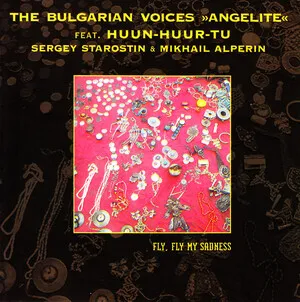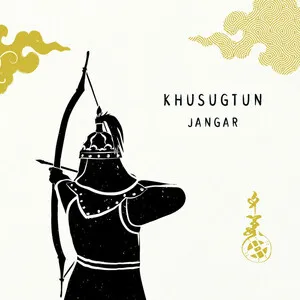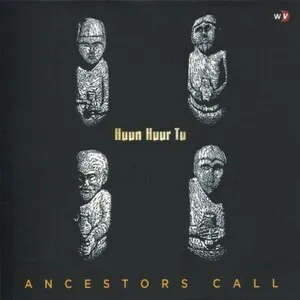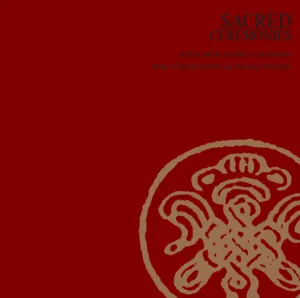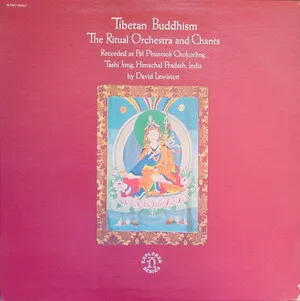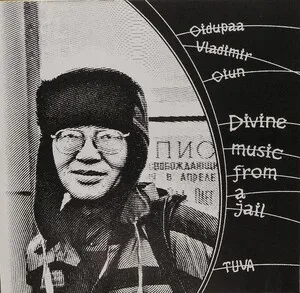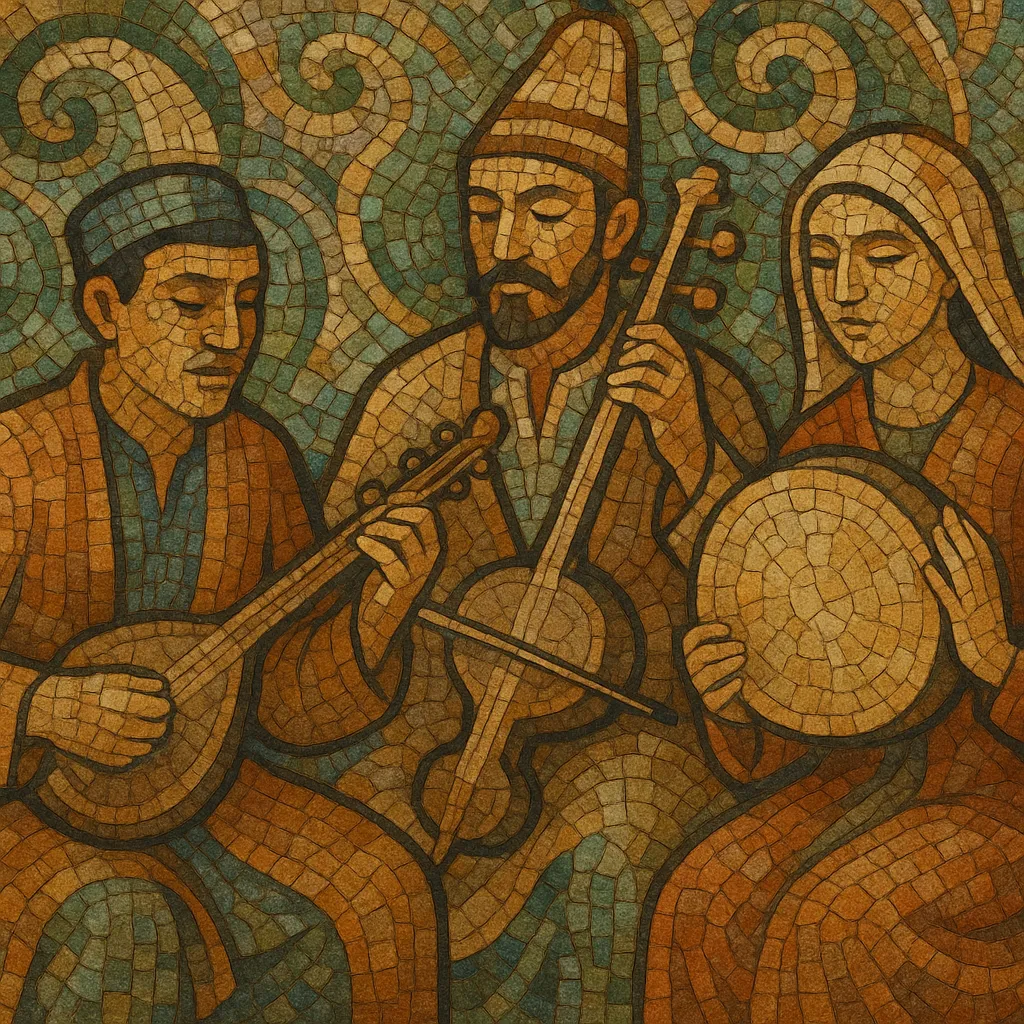
Central Asian music is a broad family of traditions shared across the Silk Road heartlands—today’s Uzbekistan, Tajikistan, Kazakhstan, Kyrgyzstan, and Turkmenistan, with strong ties to Uyghur, Pamiri, and other regional cultures.
It blends Turkic nomadic song and epic recitation with Persianate courtly repertoire and Islamic modal theory, producing rich vocal melismas, intricate modal (maqom/maqam) systems, and cyclical rhythms (usul). Instrumentation centers on long‑necked lutes (dutar, tanbur, komuz, dombra), bowed fiddles (ghijak/kamancheh, qobyz), frame drums (doira/doyra), reed and woodwind instruments (surnay, nai), and zither or harp relatives (chang).
Stylistically, it spans refined urban suites such as Shashmaqam to nomadic epic performance (akyn/jyrau/manaschi), wedding dance music driven by doira patterns, and intimate lyrical songs. Its timbral palette favors resonant plucked strings, bright double‑reed leads, and expressive, ornamented vocals.
Central Asian music coalesced at the crossroads of the Silk Road, where Sogdian and Turkic nomadic traditions interacted with Persianate urban cultures. By the 800s–1200s, Islamic scholarship and the movement of musicians, instruments, and treatises carried modal concepts and instruments across oasis cities such as Bukhara and Samarkand.
From the late medieval to early modern periods, refined urban repertoires emerged under Timurid and later Bukharan courts. The Shashmaqam cycle became a prestigious urban suite, articulating six modal families through instrumental preludes, vocal pieces, and rhythmic cycles. Urban masters codified melodic types, modal ambitus, and rhetorical ornaments, while artisans crafted regional variants of lutes, fiddles, and frame drums.
Parallel to courtly music, Turkic nomadic cultures cultivated epic recitation and song. Kyrgyz manaschi, Kazakh and Karakalpak jyrau, and Kyrgyz akyn traditions maintained oral histories, moral instruction, and improvisation over drones or sparse string ostinati. Instruments like komuz, dombra, and qobyz anchored these practices.
Russian imperial expansion and later the USSR reorganized musical life through conservatories, radio ensembles, and folkloric troupes. Collection and standardization preserved valuable repertoire but also re‑orchestrated it for large ensembles and tempered tuning. Despite pressures of modernization, local lineages maintained oral pedagogy and ritual functions.
Since the 1990s, independence across the region has spurred revitalization of language and heritage, new instrument building, and scholarship. Tours, recordings, and festivals brought Central Asian music to world stages, while local scenes embraced both historically informed performance and contemporary fusions with pop, jazz, and electronic idioms.

